Roses appropriate to a 1950's era garden
eclecticcottage
11 years ago
Featured Answer
Sort by:Oldest
Comments (14)
dublinbay z6 (KS)
11 years agomichaelg
11 years agoRelated Professionals
Franconia Landscape Architects & Landscape Designers · McKinney Landscape Contractors · Broadlands Landscape Contractors · Cupertino Landscape Contractors · El Reno Landscape Contractors · Ellensburg Landscape Contractors · Hampton Bays Landscape Contractors · Kerman Landscape Contractors · Lake Zurich Landscape Contractors · Longmont Landscape Contractors · Newberg Landscape Contractors · Salmon Creek Landscape Contractors · Wanaque Landscape Contractors · Yukon Landscape Contractors · Shenandoah Landscape Contractorseclecticcottage
11 years agoKrista_5NY
11 years agoMaryl (Okla. Zone 7a)
11 years agotaoseeker
11 years agorosetom
11 years agoksgreenman
11 years agoeclecticcottage
11 years agotaoseeker
11 years agorosetom
11 years agopeachymomo
11 years agoeclecticcottage
11 years ago
Related Stories
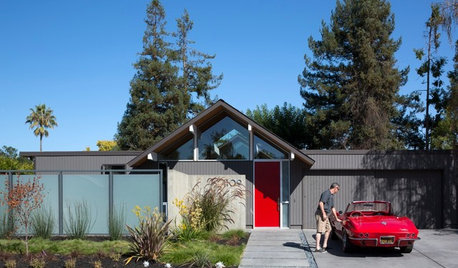
ARCHITECTURE5 Midcentury Design Lessons for Modern-Day Living
The era’s simple and economical materials and open, energy-smart floor plans still have relevance today. See why
Full Story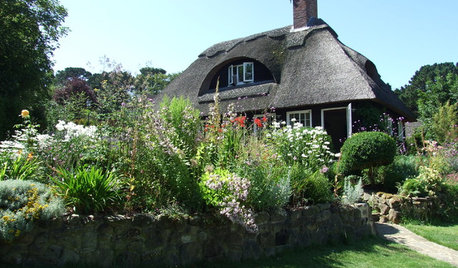
LANDSCAPE DESIGNHow to Create a Cottage-Style Garden
If you like an abundance of plants — and visits from birds, bees and butterflies — this may be the style of yard for you
Full Story
HOUZZ TOURSHouzz Tour: A Boston Brownstone Is Restored to Glory and Then Some
Victorian-era architectural details create a strong base for an eclectic mix of furniture, accessories and modern art
Full Story
HOUZZ TOURSHouzz Tour: Retiring to a Midcentury Modern Gem
Vintage furniture fits the tone of this 1950s home, designed by modernist A. Quincy Jones, to a T
Full Story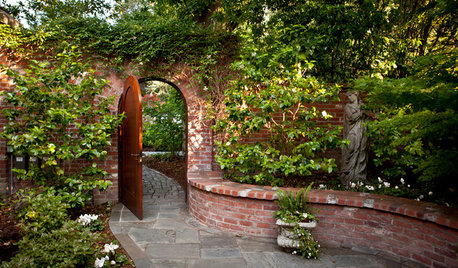
LANDSCAPE DESIGN10 Ways to Create a Romantic Garden
Delve into a sensual garden design that sings of love and speaks to the senses
Full Story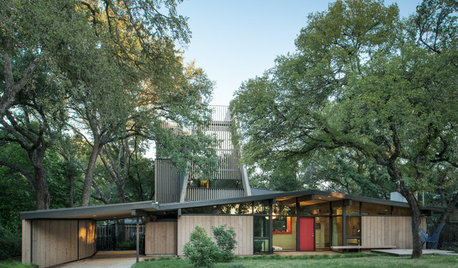
HOUZZ TOURSHouzz Tour: New Tower Rises From a Midcentury Ranch House
An Austin homeowner and her architect expand on the original vision of A.D. Stenger, who designed the ’60s-era home
Full Story
GREEN BUILDINGHow to Harvest Rainwater for Your Garden
Conserve a vital resource and save money by collecting stormwater for irrigation in a barrel or tank
Full Story
GARDENING FOR BUTTERFLIESGarden for Wildlife to Reap Rich Rewards
When you plant with animals and insects in mind, you make gardening easier, the planet healthier and yourself more present
Full Story
SAVING WATERXeriscape Gardens: How to Get a Beautiful Landscape With Less Water
Conserve water and make gardening much easier with the xeriscape approach’s 7 principles
Full Story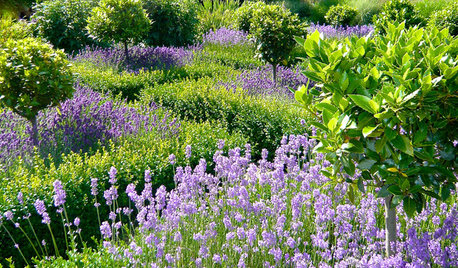
LANDSCAPE DESIGNBring a Touch of Renaissance Italy Into Your Garden
Italian gardens of the period are famed for their beauty. Here are classic design elements you can borrow for your own space
Full Story





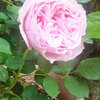
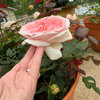
ken-n.ga.mts